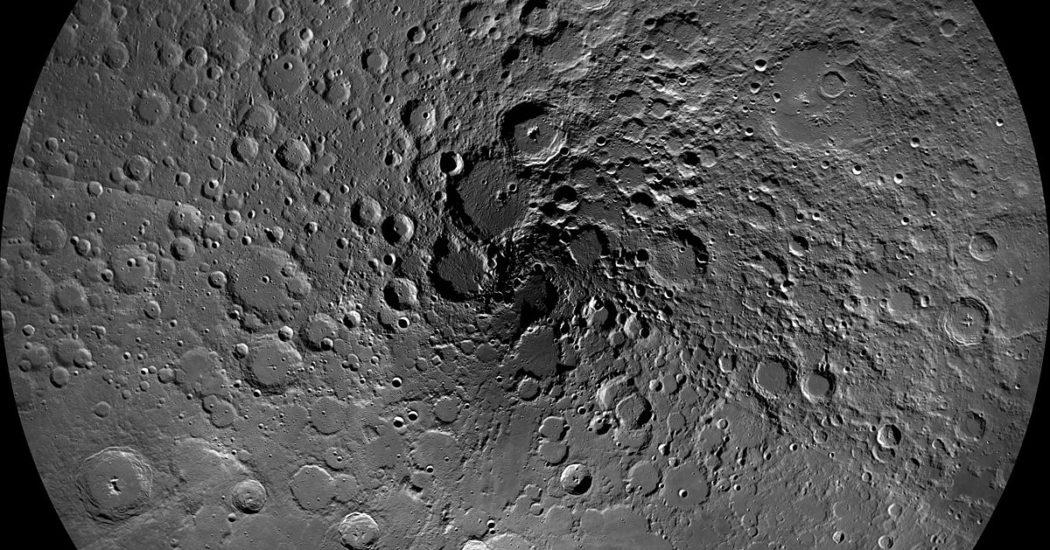
A NASA rocket surrounding the moon has detected the scar left by a Chinese satellite’s effect.
China’s Longjiang-2 rocket — otherwise called the Discovering the Sky at Longest Wavelengths Pathfinder, or DSLWP-B — smashed onto the lunar far side on July 31 in the wake of finishing its orbital strategic. On Nov. 14, a researcher on NASA’s Lunar Reconnaissance Orbiter crucial that the shuttle had spotted Longjiang-2’s evident effect site.
The China National Space Administration propelled the Longjiang-2 satellite to the moon alongside the Queqiao hand-off interchanges satellite on May 20, 2018. The little shuttle, which weighed about 100 lbs. (45 kilograms), was intended to work with its twin, Longjiang-1, to approve innovations for low-recurrence radio space science perceptions.
Longjiang-2 was intended to circle the moon for a year. The satellite surpassed that gauge, yet its strategic expected to reach a conclusion, and China needed to crash the rocket to guarantee it wouldn’t jumble up lunar circle.
Presently, another lunar pit has been distinguished, and it’s no doubt the aftereffect of that effect, as indicated by an announcement from Mark Robinson, pioneer of the Lunar Reconnaissance Orbiter Camera (LROC) group at Arizona State University.
In his comments about the pictures discharged from the instrument, Robinson saluted the group — drove by beginner radio administrator Daniel Estévez of Tres Cantos, Spain — that evaluated that the little rocket affected the lunar surface some place inside Van Gent hole (16.69 degrees North, 159.52 degrees East).
The LROC group utilized these directions to picture the territory on Oct. 5. Through a cautious correlation of previous LROC Narrow Angle Camera pictures, the LROC group found another effect hole (16.6956 degrees N, 159.5170 degrees E, give or take 10 meters) only 1,076 feet (328 m) from the assessed site.
The pit is 13 feet by 16 feet (4 by 5 m), with the long hub situated southwest to upper east.
In view of the cavity’s size and closeness to the evaluated accident organizes, “we are fairly confident that this new crater formed as a result of the Longjiang-2 impact,” Robinson composed.
Disclaimer: The views, suggestions, and opinions expressed here are the sole responsibility of the experts. No journalist was involved in the writing and production of this article.

